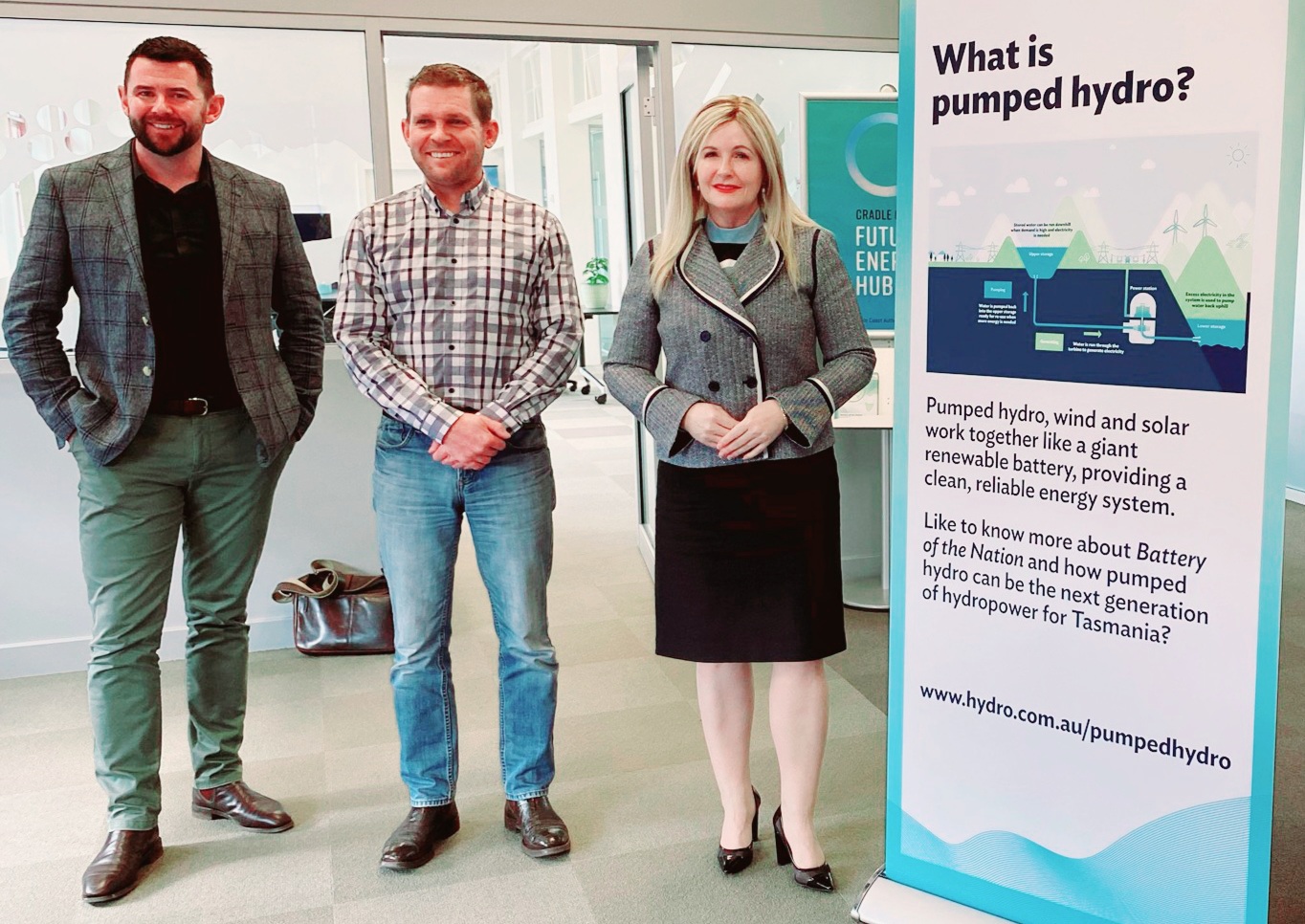The biennial national strategic roadmap for transitioning away from coal towards renewable energy (the ISP) was released today, showing that Marinus Link and Battery of the Nation are at center stage. The modelling recommends that $140 million in early works for Marinus Link commences as soon as possible and be complete no later than 2023-24, in order for the first cable to be operational by 2028-29 – the earliest that this can be achieved.
Marinus Link is classified as one of the nation’s Actionable Projects which are critical to address cost, security and reliability issues as the nation transitions to renewable energy.
The ISP identifies investment choices and recommends essential actions to optimise consumer benefits as Australia experiences the world’s fastest energy transition. It takes into account not only the capital and fuel costs of generation but also future network developments and deployment of rooftop solar panels and batteries. Over the next 20 years, 26 to 50 GW of new grid-scale renewables will be needed and 6 to 19 GW of new dispatchable resources will be needed to support it.
Unless consumers, politicians and commercial renewable energy developers lose their motivation to transition away from fossil fuels (called the “Slow Change” scenario), Marinus Link is on every path to maintain network reliability and security needs through the transition for all scenarios.
You can find the 2020 ISP here
Image: Daryl Connelly, CEO Cradle Coast Authority, Chris Gwynne, Battery of the Nation Project Director, and Tanya Denison, Future Energy Facilitator, Cradle Coast Future Energy Hub

